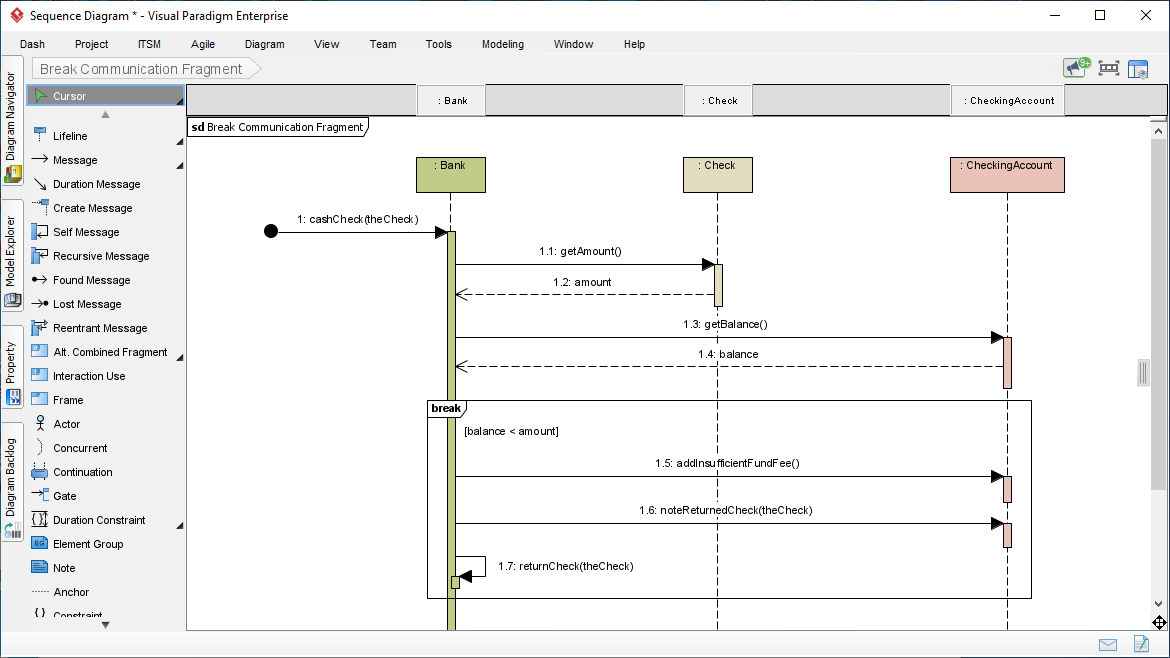

Name Objects When Several of the Same Type Exist.Name Objects When You Reference Them In Messages.The following lists of guidelines, originally presented for UML Sequence diagrams, are applicable to collaboration diagrams: Because UML Collaboration diagrams depict an alternate view of the same information as UML Sequence diagrams much of the same style advice applies. Apply Sequence Diagram Guidelines To Instance-Level Collaboration Diagrams.When Sequence Is Important Use a Sequence Diagram.Collaboration Diagrams Do Not Model Process Flow.Specification-level UML Collaboration diagrams, such as the one shown in Figure 4, are used to analyze and explore the roles taken by domain classes within a system. Use Specification-Level Diagrams to Explore Roles.Instance-level diagrams are typically created to explore the internal design of object-oriented software. Instance-level UML Collaboration diagrams, such as the one shown in Figure 1, depict interactions between objects (instances). Use Instance-Level Diagrams To Explore Object Design Issues.An Instance-Level UML Collaboration diagram. Explore the roles that objects take within a system, as well as the different relationships they are involved with when in those roles.įigure 1.Model the logic of the implementation of a complex operation, particularly one that interacts with a large number of other objects.Allocate functionality to classes by exploring the behavioral aspects of a system.


Provide a birds-eye view of a collection of collaborating objects, particularly within a real-time environment.Collaboration diagrams are often used to: Collaboration diagrams show the message flow between objects in an OO application, and also imply the basic associations (relationships) between classes. UML collaboration/communication diagrams like UML sequence diagrams, are used to explore the dynamic nature of your software.


 0 kommentar(er)
0 kommentar(er)
